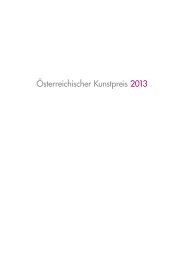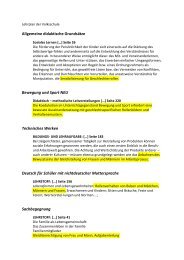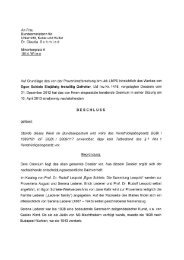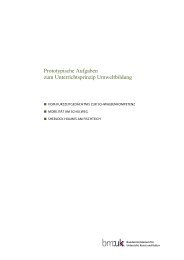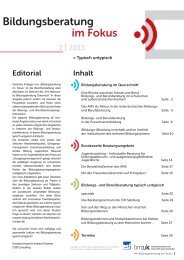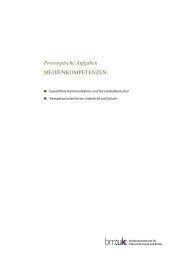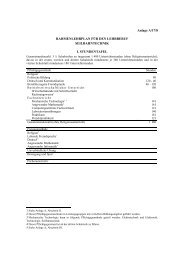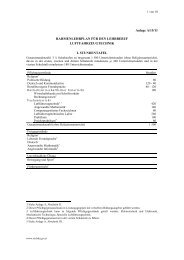Innovative Film Austria 10/11
Innovative Film Austria 10/11
Innovative Film Austria 10/11
You also want an ePaper? Increase the reach of your titles
YUMPU automatically turns print PDFs into web optimized ePapers that Google loves.
The <strong>Austria</strong>n Flow<br />
Adrian Martin<br />
I discovered the progressive cinema of <strong>Austria</strong> in the early 1990s – partly through<br />
a touring package of work that reached my country of Australia, and partly<br />
through a brief but film-filled trip to Vienna. It is a happy thought to realize that<br />
artists I met almost twenty years ago, such as members of sixpackfilm, are still at<br />
the top of their creative form in 20<strong>10</strong>. This must surely have much to do with the<br />
vitality and diversity of <strong>Austria</strong>n film culture itself.<br />
<strong>Austria</strong>n independent and experimental film – benefitting, as used to be the case<br />
in my country, from judicious government subsidy – has always represented<br />
something special to me. At the moment I encountered contemporary <strong>Austria</strong>n<br />
cinema, two decades ago, I believed that radical cinema (whether radical in<br />
content or in form, and preferably both at once) was a matter of juxtaposition,<br />
collision – in short, an art of (rather violent) montage. This was the legacy of Jean-<br />
Luc Godard and Dusan Makavejev, of Ulrike Ottinger and Alexander Kluge – not<br />
to mention Sergei Eisenstein and Dziga Vertov. The filmmaker’s task was to break<br />
every unity into pieces, and then rearrange the fragments using ‘crash edits’ on<br />
the both image-track and soundtrack. It doubtless was, and remains, a glorious<br />
artistic tradition.<br />
But the <strong>Austria</strong>n films I saw in the early ‘90s pulled me up short. They were no<br />
less radical, no less confronting than what I had been studying from other<br />
countries. But the forms and the techniques were unfamiliar, novel, surprising.<br />
And prodigiously inventive!<br />
The progressive <strong>Austria</strong>n cinema was, to me, immediately a cinema of intensities.<br />
And I was not used to its peculiar speeds, its rhythms, its flows. In the work of<br />
Martin Arnold, for instance, the montage principle was replaced by something<br />
very different: a minutely controlled back and forth, one frame backward and two<br />
frames forward, inching ahead on a small piece of found footage – a single strip<br />
of celluloid, as it were, ‘played’ like an audio DJ plays a music or noise sample.<br />
And Arnold is today still mining this fertile technique, even as he varies his<br />
objects of attack and their formal properties (black & white or colour, silent or<br />
sound, photographic or animated), as we see in his spooky and hypnotic Shadow<br />
Cut.<br />
<strong>Austria</strong>n film artists have also found their own way back to Impressionism – of<br />
the kind once made famous in cinema by Jean Epstein, Man Ray, and others in<br />
the 1920s. A “skin” of images, linked not by hard cuts but by all sorts of dreamy<br />
superimpositions, dissolves, layerings, light pulsations, maskings of the frame …<br />
a new poetics of cinema, miming the associative logic of the unconscious. At the<br />
present time, one of the newer masters of such Impressionism is Siegfried A.



